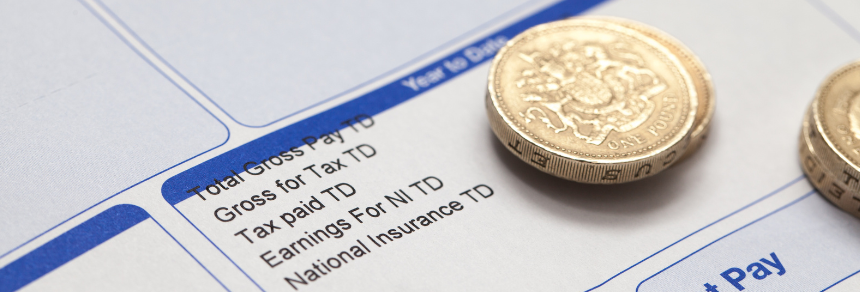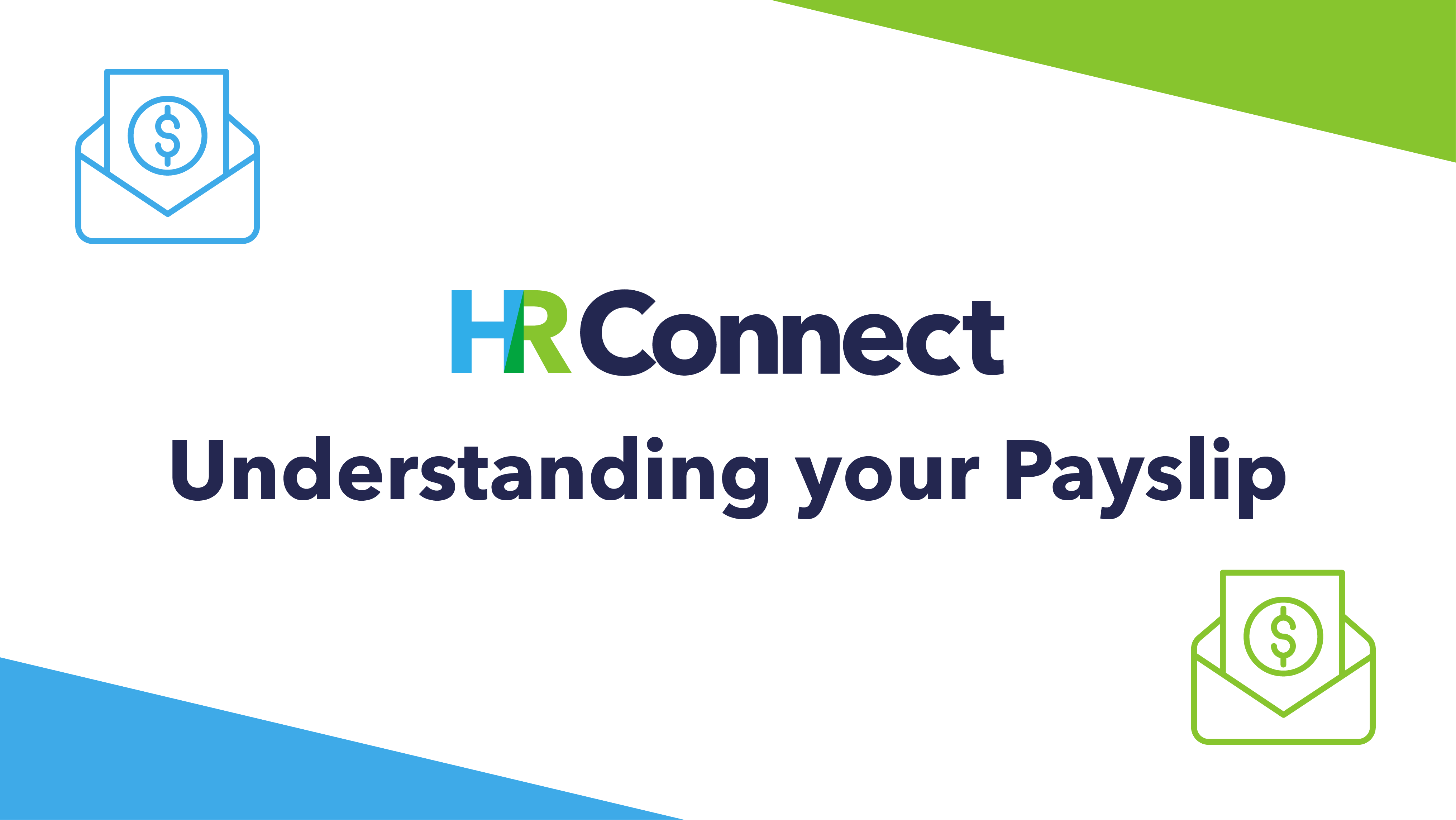
Understanding Your Payslip - The Key Things You Need To Know

Sometimes deciphering all the abbreviations and terminology on your payslip is like trying to read another language. But understanding what it all means is really important – how are you going to spot if you have been paid incorrectly if you do not know what you are looking at? Here is the HR Connect simple guide to payslip terms you need to know.
Pay Terms
GROSS PAY: This is the total amount that you have earned, before deductions have been applied. It may include earnings for overtime, bonus, shift work and holiday pay etc.
BASIC PAY: This is the rate agreed between you and your employer as your set pay, without any bonuses or overtime. For monthly paid staff, it is usually 1/12th of your annual salary.
NET PAY: The terms for the amount of salary actually paid after the deduction of tax, national insurance, pension and any other deductions. This will be the amount that will credit your bank account on pay day.
PAYE: This stands for Pay As Your Earn, it is the system by which you pay both your income tax and national insurance. Every time you are paid, your employer takes your tax and national insurance (if you earn above the thresholds to pay these) from your salary and sends it on to HMRC.
GAYE: Stands for Give As Your Earn. This is a scheme where you can donate to a chosen charity of your choice from your pre-tax pay, therefore giving your full donation to charity, and meaning you pay less tax, as tax will be calculated after this donation.
Reference Numbers
EMPLOYEE NUMBER: This is given to you by your employer and serves as a unique identifier for you. You will be the only one with that reference number, and it will appear on your payslip. When you have a payroll query, you will need to quote this number. You will not keep this number if you move employer.
ASSIGNMENT NUMBER: This is the number given to you by your employer to identify your contract, and serves as a unique identifier to you. If you only hold one contract at any one time, usually, this will be the same as your Employee Number. If you hold more than one position, to differentiate these, employers may add an extra letter or digit to the end. These will appear on your payslip with the pay due for those contracts set out to you.
EMPLOYERS PAYE REFERENCE: This is given to every business that registers with HMRC as an employer. You may need this number when applying for tax credits, applying for Student Loans, or a range of other tasks. Your employer will usually put this on your payslip.
NATIONAL INSURANCE NUMBER: This is your personal, unique identifier used by HMRC to track your tax and national insurance contributions. It will appear on your payslips.
Tax References
TAX CODE: This tells your employer how they should apply tax on your earnings. Your tax code is given to your employer when you first start employment either by you providing them with a P45 or completing a Starter Checklist. HMRC can instruct your employer of a change in tax code via a P6 or P9 notice, which goes directly to them. You tax code may also change at the start of each financial year. Your tax code will appear on every payslip.
TAX PERIOD: This is the period for which the tax was calculated. For monthly pay it refers to the month of the tax year, with April being period 1 and March being period 12.
TAX BASIS: This is the basis on how your tax is calculated, and it will be either Cumulative or Non-Cumulative. If this is Cumulative, your taxable pay for the full financial year is considered when calculating your tax due, along with any tax you have already pay. If your basis is Non-Cumulative (sometimes referred to a Week 1 or Month 1), previous taxable pay and tax paid is not considered in the calculation for the tax due for that period. Basically, it would treat each month as if it were April.
Deductions
EMPLOYEE NI / EE NI: The amount being deducted for your National Insurance contribution, displayed on your payslip. ‘EE’ refers to ‘Employee’s’. This specific term may or may not be displayed on your payslip, but the payroll assistants behind your payslip use this jargon on the payroll system and reports to differentiate between an Employee’s contribution and an Employer’s contribution.
EMPLOYERS NI / ERS NI: Employers also pay Employer’s National Insurance contributions on their employee’s NIable pay (earnings that are subject to national insurance). The Employers NI may not always be displayed on your payslip, but will be held on your payroll record. ‘ERS’ refers to ‘Employer’s’. This specific term may or may not be displayed on your payslip, but the payroll assistants behind your payslip use this jargon on the payroll system and reports to differentiate between an Employee’s contribution and an Employer’s contribution.
PENSION EE: The amount being deducted for your pension contribution, displayed on your payslip
PENSION ERS: Employers also pay Pension contributions to your pension scheme, calculated on their employee’s pensionable pay. This may not always display on your payslip, but it will be held on your payroll record.
Summaries
EARNINGS FOR TAX / NI / PENSION: This is the amount of your earnings that are subject to tax, national insurance and pension deductions. Often, these will be displayed for the pay period and the year to date.
TD or YTD: This means ‘To Date’ or ‘Year to Date’. As well as showing earnings and deductions for that specific pay period, your payslip should also show a combined total for tax, NI and pension for that tax year to date.
Still confused or want to check another term not listed here?
The CIPP (Chartered Institute of Payroll Professionals) have a great interactive tool on their website which you can also use to find out more about your payslip.
https://www.cipp.org.uk/resources/payslip-tool.html
If you do have a query about one of your staff’s pay, our helpdesk will be happy to assist you to resolve this.
Send this link or blog post to your employees to encourage them help understand their payslip terminology.



.png)